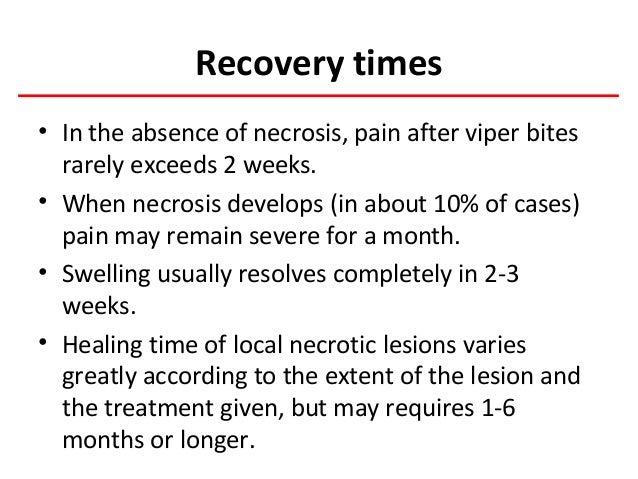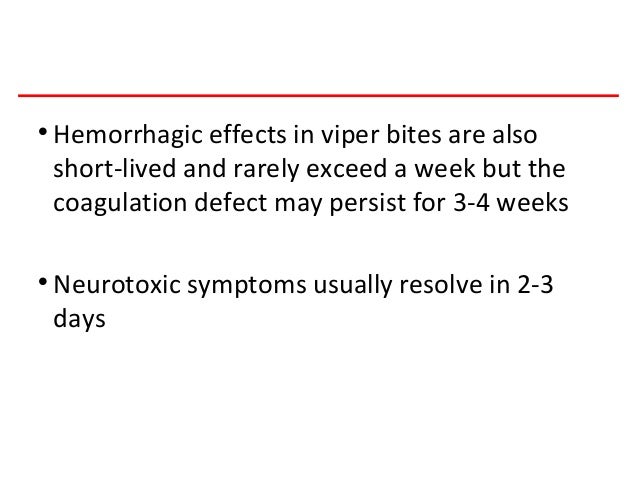On below, I have looked at the anatomy of the foot where I will be placing my wound and also how a snake bite affects to the skin. This helps me to understand more about how the snake bite wound heals and also allows me to research what the skin will looks like after bitten by a snake.
The anatomy of the foot:
The anatomy of the foot:
 |
| http://www.agipilates.hu/wp-content/uploads/2015/08/anatomy-foot-2.jpg |
 |
| http://www.angelopodiatry.com/images/ft_frntvw.jpg |
 |
| http://studydroid.com/imageCards/11/if/card-35208619-front.jpg |
 |
| http://www.footankleinc.com/images/foot_anatomy.png |
 |
| http://img.webmd.com/dtmcms/live/webmd/consumer_assets/ site_images/media/medical/hw/n5551173.jpg |
 |
| http://www.uofmmedicalcenter.org/healthlibrary/Article/116550EN |
Alternatively, the wound could be closed using walking sutures to eliminate this dead space, but only if the wound is considered sufficiently clean.'
'Snake venom will affect the skin, fatty tissue, muscles, nerves, joints and blood vessels in the area of the bite. Depending of how severe your condition is, it may take from a few weeks to a few months to heal from this injury. Most snake bite victims who receive early treatment with antivenom will recover fully. Rarely, some degree of permanent injury to the nerves or muscle may occur with permanent numbness or loss of joint function.
Although uncommon, there may be a delayed allergic reaction to the antivenom that you received. If this occurs, symptoms usually begin 7-14 days after treatment. Symptoms may include rash, itching, hives, joint or muscle aching, and fever. These are usually mild and can be treated as an outpatient with antihistamines and other medicines.
Snake venom can affect the ability of the blood to clot. This can lead to abnormal bleeding. Treatment with antivenom corrects this problem; however, sometimes the clotting disorder recurs up to two weeks after treatment.'
'A puncture wound can cause infection because it forces bacteria and debris deep into the tissue and the wound closes quickly forming an idea place for bacteria to grow.'
 |
| http://www.dovemed.com/uploads/images/shutterstock_74446060.height-400.jpg |
1. The wound is created on the skin and the blood vessels is damaged
2. The wound starts bleeding
3. The blood starts to clot
4. Scab is formed and there are exudate under the scab. Granulation tissue which is a new vascular tissue in granular will then form on an ulcer or the healing surface of the wound
5. The scab starts to lift up and peal off from the skin and there are regenerated epidermal tissue helping to heal the wound.
A venomous snake bite will take a longer healing time as after a person was bitten by a snake, the venom spread out quickly inside the body and also because the snake bite will swell and also the venom will cause tissue death around the area the victim's got bitten by the snake.
Recovery times of a viper snake bite:
 |
| http://image.slidesharecdn.com/snakebitesedit-150726102130-lva1-app6891/95/snake-bites-24-638.jpg?cb=1437912328 |
 |
| http://www.slideshare.net/kywong5005/snakebites-edit |
References:
- https://www.nlm.nih.gov/medlineplus/ency/imagepages/19616.htm
- http://www.vettimes.co.uk/article/wound-types-and-healing-part-three-classification-of-injuries/
- http://www.uofmmedicalcenter.org/healthlibrary/Article/116550EN
- http://www.medicinenet.com/cuts_scrapes_and_puncture_wounds/page3.htm
- http://www.slideshare.net/kywong5005/snakebites-edit
- https://www.youtube.com/watch?v=xHAI0NjuTcs
No comments:
Post a Comment